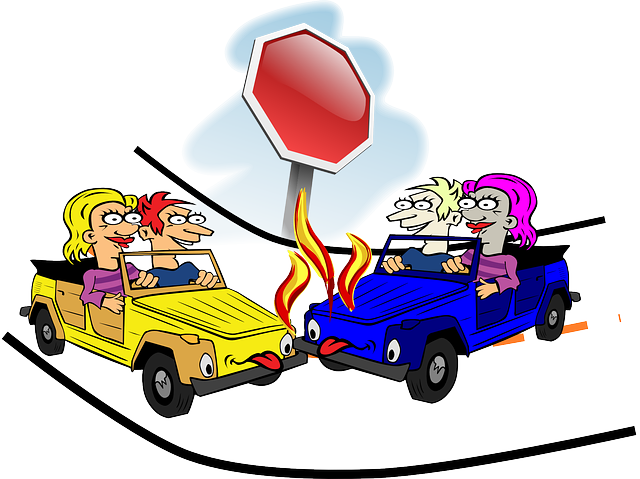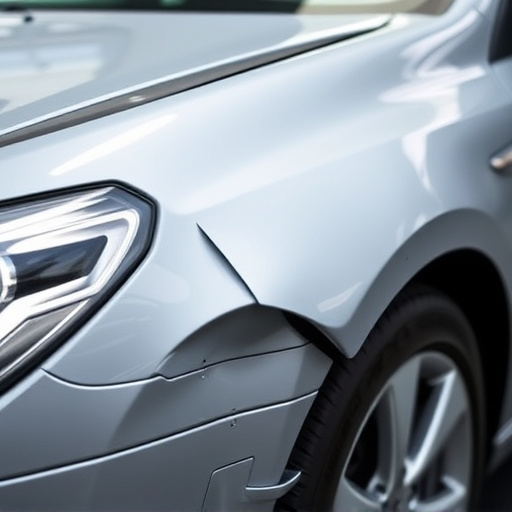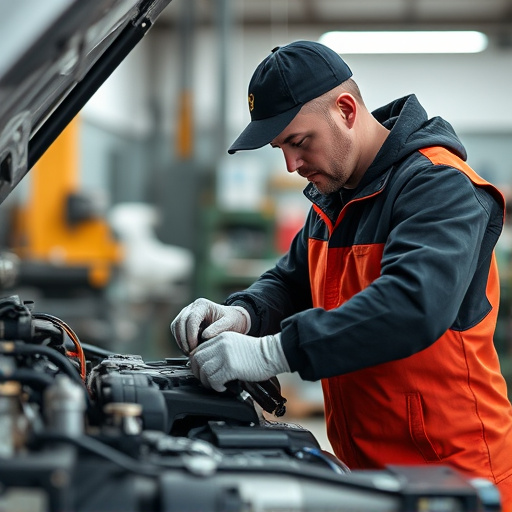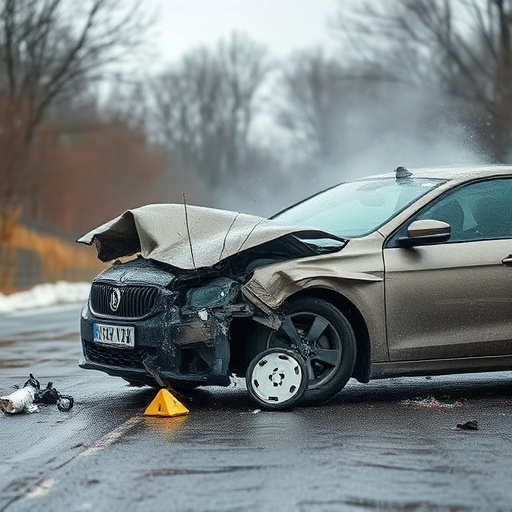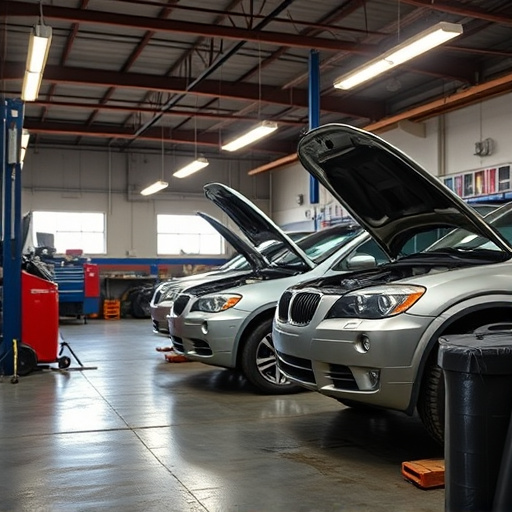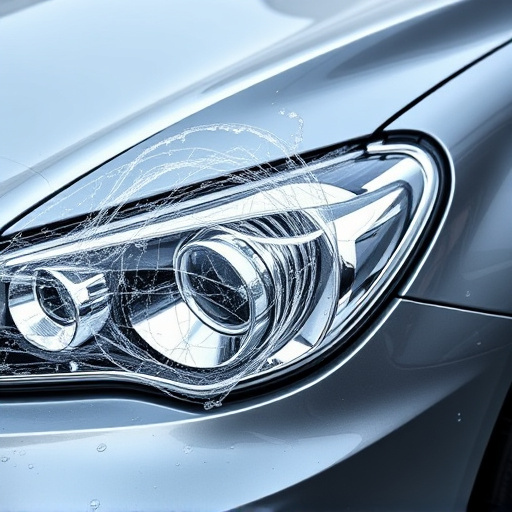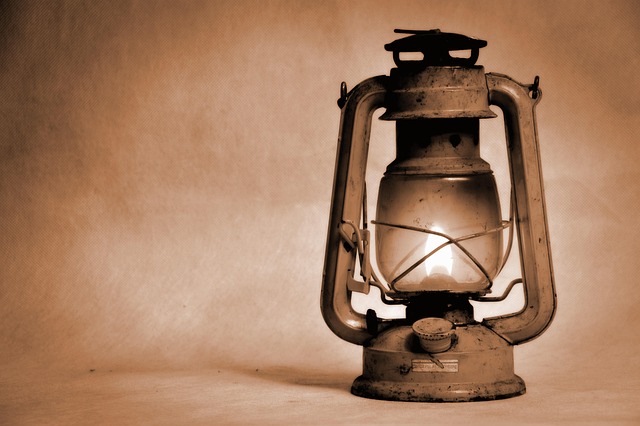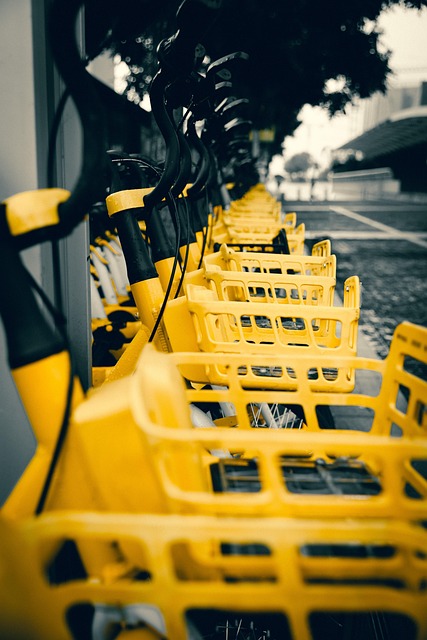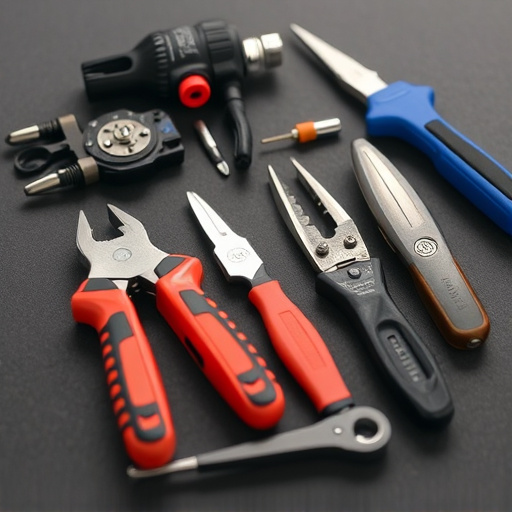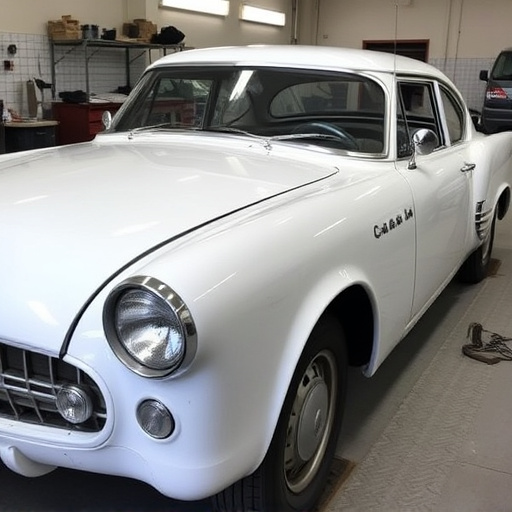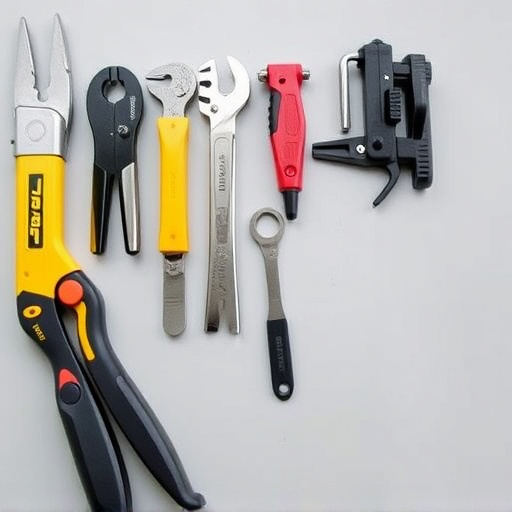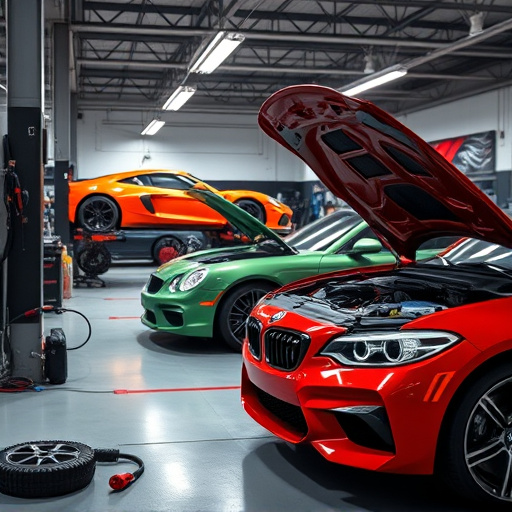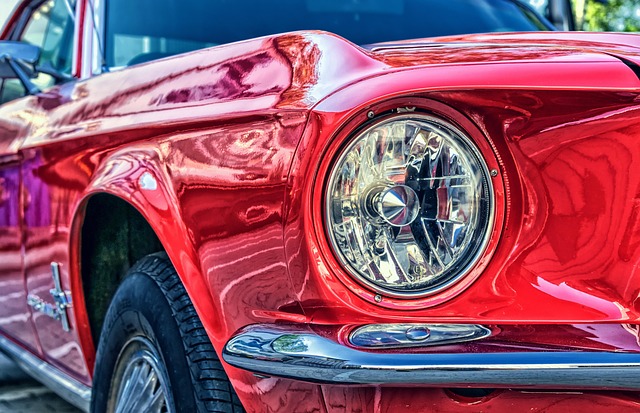Bumper repair kits provide a DIY solution for minor dents and scratches, but have limitations like ineffectiveness for severe damage and limited precision. Success depends on skill, preparation, and managing realistic expectations. Meticulous surface cleaning, sanding, following instructions diligently, and patience during drying/curing periods are key to achieving durable repairs. These steps ensure optimal results, whether for DIY enthusiasts or professional collision repair services, emphasizing the importance of bumper repair kits as a viable alternative.
“Bumper repair kits have gained popularity as a DIY solution for minor bumper damage. However, the results can vary significantly based on skill level and preparation. This article delves into the world of bumper repair kits, exploring their limitations and the key factors that influence success. From understanding the kit’s capabilities to mastering the repair process, we provide practical tips to maximize your chances of achieving a professional-looking fix with these at-home solutions.”
- Understanding Bumper Repair Kits: What They Are and Their Limitations
- Factors Influencing Repair Outcomes: Skill, Preparation, and Realistic Expectations
- Maximizing Success: Tips for Using a Bumper Repair Kit Effectively
Understanding Bumper Repair Kits: What They Are and Their Limitations

Bumper repair kits are designed to offer a DIY solution for minor bumper damage, such as dents and scratches. These kits typically include tools, templates, and pre-molded parts that allow users to patch up their bumpers without visiting a collision repair shop. While they provide an accessible and potentially cost-effective option for simple repairs, it’s crucial to understand their limitations.
These kits may not be suitable for more severe bumper damage, such as significant cracks or extensive metal deformities. Their effectiveness also hinges on proper preparation and skill; improper installation can lead to unsightly results or further damage. Unlike services offered by a collision repair shop, where professionals with specialized training and equipment handle complex repairs, DIY kits offer limited precision and customization. As such, users should carefully assess the extent of the damage and their own abilities before choosing to use a bumper repair kit.
Factors Influencing Repair Outcomes: Skill, Preparation, and Realistic Expectations

The success of a bumper repair kit largely hinges on three key factors: skill, preparation, and managing realistic expectations. First and foremost, the level of expertise involved in using the kit determines the outcome significantly. While many kits come with detailed instructions, complex repairs might require professional-level skills to achieve a seamless finish. Adequate training ensures that each step is executed precisely, minimizing errors and maximizing the chances of a successful repair.
Preparation is another critical aspect, often overlooked yet crucial. This involves thoroughly cleaning and inspecting the bumper to remove any debris or damage beyond what the kit addresses. Realistic expectations are equally important; while some kits promote paintless dent repair capabilities, they might not be suitable for severe collisions or deep dents. Understanding the extent of damage and choosing an appropriate repair method or kit can set the stage for satisfactory results in collision repair or auto body work utilizing a bumper repair kit.
Maximizing Success: Tips for Using a Bumper Repair Kit Effectively

Maximizing Success with a Bumper Repair Kit: Tips for Effective Use
Before attempting any repairs with a bumper repair kit, ensuring proper preparation is key. Start by thoroughly cleaning and inspecting the damaged area. Remove any debris or dirt that might interfere with the bonding process. Sanding the surface slightly can help create a rough texture, enhancing adhesion. This step is crucial to achieving a durable fix.
For best results, follow the instructions provided in the kit carefully. Use the appropriate tools and materials included to ensure compatibility. Patience is vital; allowing sufficient time for each step, especially drying or curing periods, will result in a more robust repair. Remember, proper preparation and adherence to guidelines significantly impact the final outcome, whether it’s for DIY enthusiasts or those seeking to enhance their skills in car bodywork restoration or collision repair services.
Bumper repair kits offer a cost-effective solution for minor dents and scratches, but results vary significantly based on individual skill and preparation. While these kits are user-friendly, they come with limitations, and achieving professional-looking repairs requires attention to detail and proper technique. By understanding the factors influencing success and following tips for effective use, you can maximize the potential of your bumper repair kit, ensuring satisfying outcomes for your vehicle’s cosmetic needs.
